Over the past two weeks, to mark Disability History Awareness Month, we’ve been shining a spotlight on the practical actions employers can take to genuinely make those with disabilities feel welcome. So, it couldn’t be more timely that the Valuable 500 – the global business partnership of 500 companies working together to end disability exclusion – has released a whitepaper that reveals how successful disability-confident leaders are transforming their organisations. They are doing this across three pillars: Purpose and Strategy, Psychological Safety and Trust, and Storytelling and Accountability.
Catalyst for innovation
Despite significant barriers – including misconceptions about disability, lack of representation in leadership, and inadequate training – these leaders are demonstrating that disability inclusion isn’t just about compliance; it’s a catalyst for innovation and competitive advantage. Their experiences provide a practical framework for organisations ready to move from commitment to transformation.
For the whitepaper, the Valuable 500 interviewed 33 individuals from 26 companies with a global presence:
| AMV BBDO, BCG, BBC, BT, dentsu group, Deloitte, Digicel, DNP Group, EY | Fidelity, Gulf International Bank, HSBC, ISS, ITV, Kokuyo, KPMG, Lenovo | LSEG, MFuse, Microsoft, SafariCom, Sage Group, Salesforce, Sanofi, Santen, Sky |
Four barriers to disability-confident leadership
Four key obstacles identified by the whitepaper, that are making it hard for those at the top to close disability inclusion gaps are:
1. Fear of Getting it Wrong (mentioned by 33%): Concerns about using incorrect language, unintentionally offending someone, or making mistakes in disability accommodations and inclusivity efforts can prevent leaders from beginning or advancing their disability inclusion journey.
2. Fear of Stigma and Discrimination (mentioned by 61%): The most identified barrier is fear of negative judgment, perceptions of incompetence, or exclusion from opportunities. This fear of stigma and discrimination discourages many individuals from disclosing their disabilities.
3. Limited Awareness and Understanding of Disabilities (mentioned by 54%): More than half suggest that there are significant knowledge gaps around disability, with unconscious biases and a lack of education creating persistent misconceptions. With the Valuable 500’s Generation Valuable programme, this creates powerful learning opportunities for both experienced executives and emerging disabled leaders to improve awareness and understanding.
4. Privacy and Personal Boundaries (mentioned by 36%): Around a third suggested that privacy concerns prevent individuals from disclosing their disabilities. Many people may feel that discussing personal health details could intrude on their professional identity or result in unwanted attention from colleagues.
Leaders share their learnings
Commenting on the whitepaper, Katy Talikowska, CEO of the Valuable 500 said:
“At a time of unprecedented disruption and uncertainty, the insights of these disability-confident leaders powerfully demonstrate that disability inclusive business is good business. Now more than ever, leaders must double down on their efforts if we are to put an end to disability exclusion in business. I encourage all leaders to heed the call to action within these pages and join the movement towards a more inclusive, innovative, and sustainable future.”
Kristine Remedios, Global Head of Inclusion, Diversity and Equity, KPMG International added her perspective saying:
“As a leader, it’s important that leadership set the tone for an organisation and cultivate a culture of inclusion and trust. To foster a workplace that encourages self-disclosure, embraces authentic conversations, and empowers everyone to thrive, it’s crucial that KPMG professionals feel supported by their leaders”.
“Disability-confident leaders lead by example, demonstrating empathy, creating psychological safety, and actively seeking to learn from those around them. KPMG professionals are committed to this vision and disability inclusion efforts as part of the Valuable 500 commitment. This starts with leaders that actively listen, leverage insights and data to identify areas where effective programs and policies can be implemented and scaled. As a people-driven organisation, many of these initiatives originate from the bottom-up, recognising that everyone deserves to feel seen, understood, and considered in strategic decision-making”.
Further tips have been shared by Dr Astrid Arndt, Chief People Officer, Corporate Functions, (CPO) with online retailer Zalando SE. She explains:
“Being a disability-confident leader means embracing a growth mindset—continuously listening, learning, adapting, and striving to create an inclusive environment. Lasting progress comes when our commitment to support and empower Disabled colleagues and customers is truly embedded in our culture and day-to-day practice.”
Finally Margot Slattery, Head of Group Diversity, Inclusion & Belonging, and Social Sustainability at workplace experience and facility management company ISS adds:
“A diverse workforce is a key driver of ISS’s success. With over 320,000 employees worldwide, many of whom are people from underrepresented groups such as individuals with physical and mental disabilities, inclusive leadership that embraces disability confidence is vital. Structurally, we educate our leaders in inclusive practices and establish Employee Resource Groups, such as our dedicated Abilities ERG. Practically, we implement inclusive tech tools, provide disability guides for managers, run awareness campaigns, and offer individual development programmes. Together, these initiatives empower us to unlock individual potential, transforming disabilities into abilities for the benefit of our people and our business alike.”
You can download the full whitepaper here.
You might also like:












